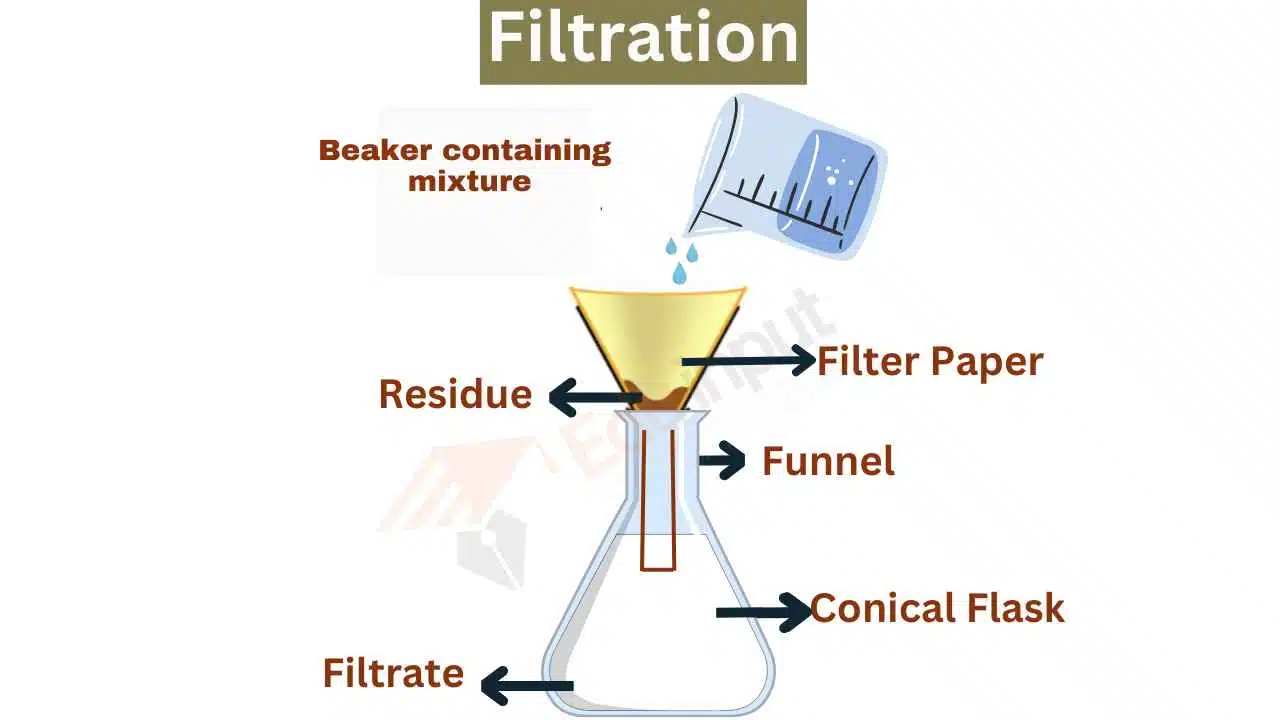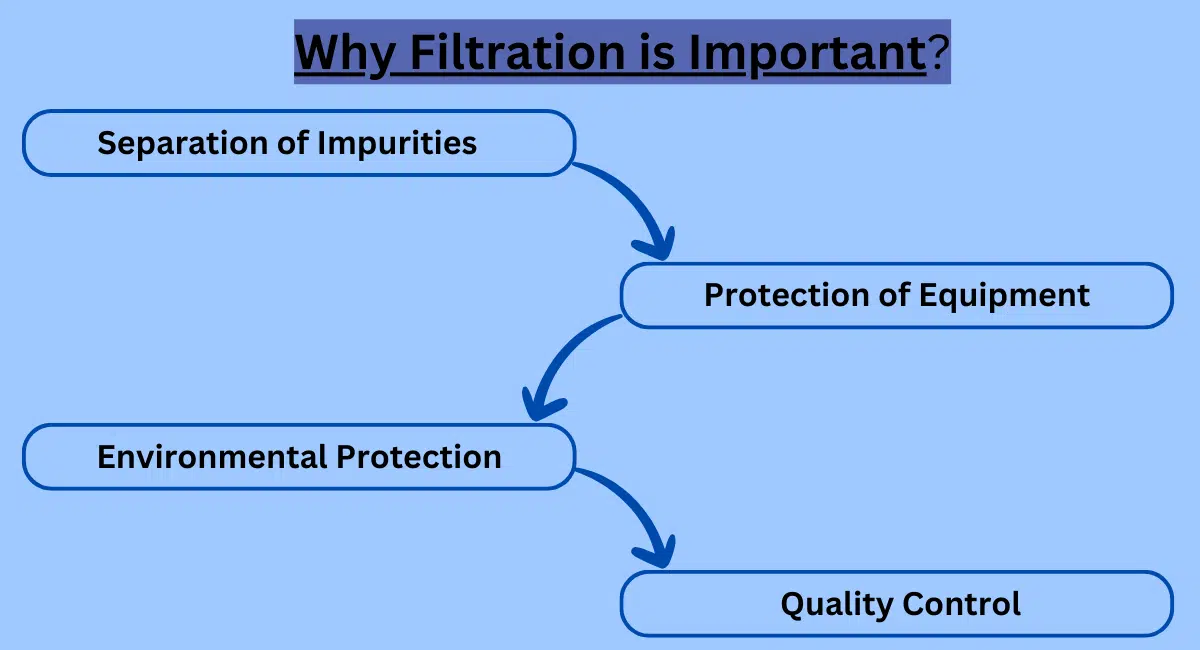What is Quantitative Analysis in Chemistry?
The determination of how much of a component is present in a sample is called quantitative analysis. The quantity can be expressed in terms of mass, concentration, or relative abundance of one or all components of a sample.
Quantitative analysis is the branch of chemistry that deals with the measurement of the quantities of substances present in the mixture. In other words, it deals with the measurement of the amount of a substance in a given mixture. Quantitative analysis is a very important concept in the field of chemistry because it is the foundation of almost all the branches of chemistry.
Concepts of quantitative analysis
There are three basic concepts of quantitative analysis that we will discuss in the following points:
1. Absolute Value
2. Relative Value
3. Ratio Value
Absolute value
An absolute value is a numerical value that is not dependent on anything. An absolute value can be positive or negative. The positive number is usually represented by a number greater than zero and the negative number is usually represented by a number less than zero.
The absolute value of the number is also called the absolute value. For example, if the absolute value of a number is 12, then it means that 12 is the maximum value of that number. If the absolute value of a number is -12, then it means that 12 is the minimum value of that number.
The absolute values are also called the absolute magnitude.
Relative value
A relative value is a numerical value that depends on something. The dependent variable is called the relative variable. The relative value can be positive or negative and the positive number is usually represented by a number greater than zero and the negative number is usually represented by a number less than zero.
The relative value of the number is also called the relative magnitude. For example, if the relative value of a number is 0.5, then it means that half of the number is considered to be the maximum value of that number, and the other half is considered to be the minimum value of that number.
Ratio value
A ratio value is a mathematical value that is calculated using a ratio formula. The ratio value is also known as the quotient value. It is a mathematical value that is calculated using a ratio formula.
Examples of quantitative analysis in chemistry
Here are 7 examples of quantitative analysis in chemistry:
1. Quantitative determination of Na+ ions
2. Quantitative determination of K+ ions
3. Quantitative determination of Ca2+ ions
4. Quantitative determination of Mg2+ ions
5. Quantitative determination of Cl– ions
6. Quantitative determination of HCO3– ions
7. Quantitative determination of total carbon dioxide
Applications of Quantitative Analysis
One of the most common uses of quantitative analysis is the identification of various chemical compounds in a sample. A chemist will often have a sample of a chemical compound, and he will perform a quantitative analysis of that compound.
He will then compare the amounts of various chemical components that are present in the sample to the amounts of those components that are present in a known sample. This comparison will allow the chemist to identify the chemical compounds that are present in the unknown sample.






Leave a Reply